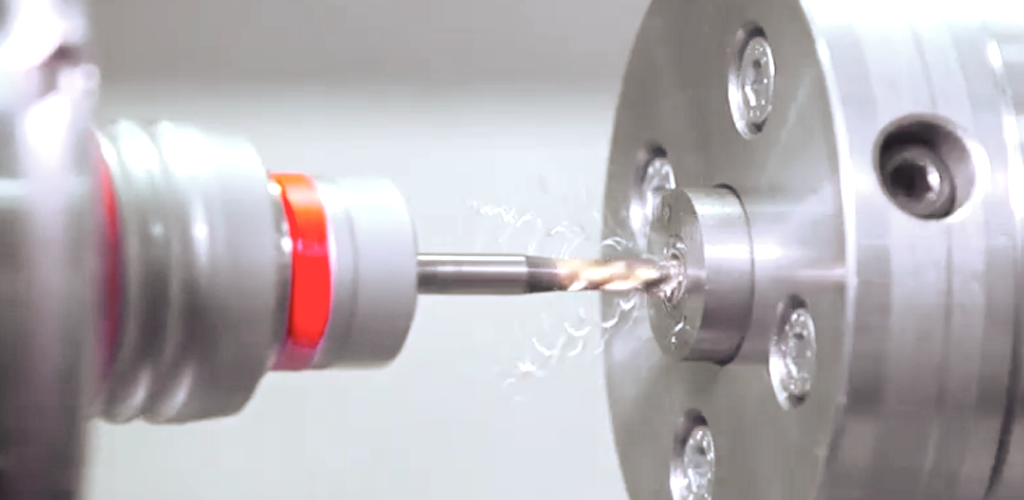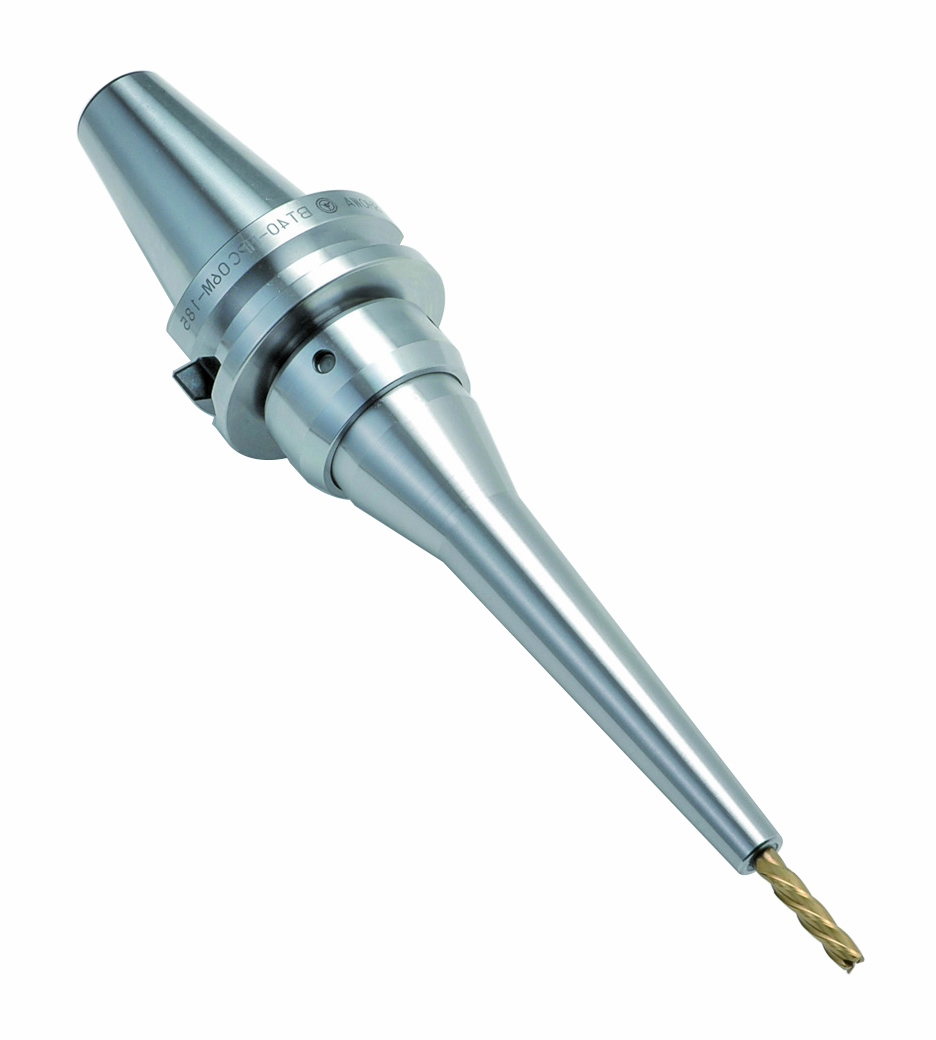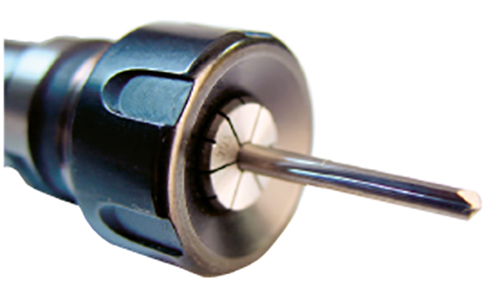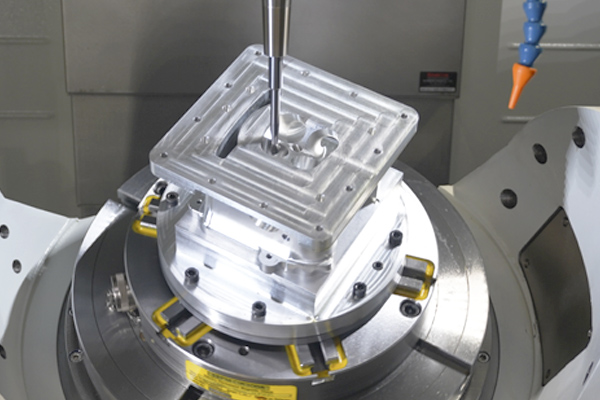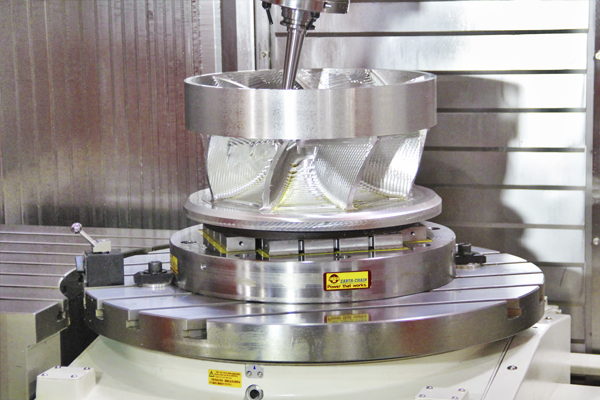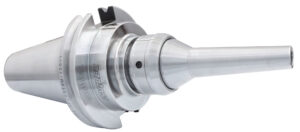Recent Posts
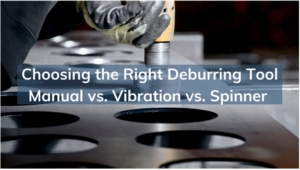
Choosing the Right Metal Deburring Tools – Manual vs. Vibration vs. Spinner | A Complete Guide
The combination of TTG and Eppinger offers our customers a convenient single source for the highest quality tooling solutions for CNC mills, lathes, and routers.
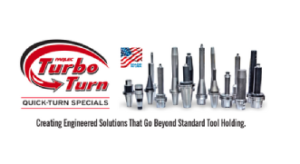
What is a turbo turn and how does it work in CNC tooling?
What is Parlec’s Turbo-Turn Parlec understands that manufacturers increasingly require customized tooling solutions to meet

Benefits of Using Lifting Magnets
Benefits of Using Lifting Magnets Lifting magnets offer a range of advantages in a variety
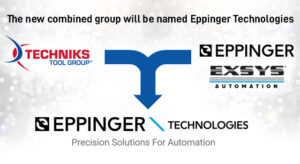
Techniks Tool Group announces the acquisition of ESA Eppinger GmbH and EXSYS Automation
The combination of TTG and Eppinger offers our customers a convenient single source for the highest quality tooling solutions for CNC mills, lathes, and routers.
MicroFLOAT Tapping system is the BEST CHOICE for getting the most life out of your taps
Transform tapping from frustrating to fantastic with MicoFLOAT!
Why is tapping so difficult?
Tapping is one of the most complex operations a CNC machining center performs. The tapping requires perfect synchronization between the machine’s feed-rate and the spindle rotation. The feed-rate must perfectly match the spindle rotation, so the feed-rate equals the thread pitch for each rotation of the spindle.
Machinists also find that tapping on a cnc prevents his ability to be actively engaged in the process and removes the ability to use his senses for guidance while the tap is in the hole. With a machining center, a machinist can’t stop in the middle of a tapping operation when something sounds or feels wrong. You know that something is incorrect only after a tap is broken or threads are bad.
It's all about the physics
To appreciate this concept, it’s important to understand that absent a specified spindle rotation and feed-rate, a tap will try to follow its thread pitch in terms of feed-rate. Why? It all has to do with Newton’s second law of thermodynamics, of course! For those of us that may have slept through high school physics, we might need a refresher course.
Basically, in the absence of external forces, any system will try to achieve a state of its lowest possible energy. Tapping threads takes energy. Following threads requires much less energy. Hence screwing a bolt into a threaded hole requires much less energy than tapping the threads. As the lead crests on a tap cuts the threads, the following crests will try to follow the existing threads, just like a bolt.
What can go wrong?
However, in the real world we need to consider the machine’s feed-rate and spindle rotation. If these two parameters are not perfectly synchronized, the result is unwanted forces on the tap that can produce less than optimal thread quality, cause premature thread wear, and/or result in broken taps. For example, if the feed-rate is less than the thread pitch for one rotation of the spindle, the tap will “drag”, or be pulled back, into threads it has already cut. This “drag” force engages the tap in cutting that would otherwise be used to simply cleanup the existing threads produced from the leading crests.
The same is true if the feed-rate is greater than the thread pitch for one rotation of the spindle. Here, the tap is pushed into the already cut threads. In both instances, thread quality is compromised, and the tap is subjected to forces that prematurely wear the tap and can result in breakage.
Further complicating matters is exiting the tap from the threaded hole. If the tap does not perfectly follow the existing thread out of the hole, the tap will engage in unwanted cutting, or re-threading, that degrades thread quality and causes unnecessary wear on the tap.
But my machine has rigid tapping, so I’m OK, right?
Not so fast. Rigid tapping on CNC machines promised to perfectly match the feed-rate with the spindle rotation to eliminate these issues. However, the reality is that, while helping to provide some synchronization between the feed-rate and the spindle rotation, rigid tapping is not able to achieve perfect synchronization. This is very apparent as the tap reaches the bottom of its cycle and is reversed to exit the hole. Here, again, physics is to blame!
But my machine has rigid tapping, so I’m OK, right?
One of the main advantages of rigid tapping is depth control accuracy on blind holes. To do the job accurately and consistently, a holder is needed that has enough compensation to get good tap life without causing variations in depth control. Rigid tapping on CNC machines promised to perfectly match the feed-rate with the spindle rotation to eliminate these issues. However, the reality is that, while helping to provide some synchronization between the feed-rate and the spindle rotation, rigid tapping is not able to achieve perfect synchronization. This is very apparent as the tap reaches the bottom of its cycle and is reversed to exit the hole. Here, again, physics is to blame!
Physics strikes again!
In a perfect world, at the bottom of a tap cycle, the spindle rotation and feed-rate would instantaneously stop in perfect unison and then instantaneously reverse at the proper rotational speed and feed-rate. If this were the case, we would almost never break any taps. Enter physics.
Because the spindle has mass it is subject to Newton’s first law of thermodynamics. Most notably, inertia. Simply put, since the spindle is rather large and heavy it is not possible to instantaneously stop the spindle rotation and feed-rate in perfect unison. The spindle rotation and feed-rate must have time to decelerate before stopping. The same is true when starting to reverse the tapping cycle. The spindle rotation and feed-rate must have time to accelerate up to the desired parameters. Further complicating matters is that these two parameters are individually affected by inertia, meaning that perfect synchronization is not possible.
The result?
This imperfect synchronization between spindle rotation and feed-rate at the bottom the tapping cycle creates tremendous forces on the tap. This is why most taps break at the bottom of a tapping cycle. The loss of synchronization when reversing also affects the entire exit cycle since the entry and exit parameters are not perfectly matched. This creates higher forces on the tap during exit.
If a tap holder with tension-compression float is used, tap life and thread quality can be dramatically improved, because these extra axial forces on the tap are eliminated. The problem with traditional tension-compression holders is that they can cause large variations in tapping depth. As a tap becomes dull, the pressure needed to start the tap into the hole increases, and more compression stroke within the tap driver is used before the tap starts to cut. The result is a shallower tapping depth
MicroFLOAT to the rescue!
To counter the inevitable inability to perfectly synchronize the feed-rate and spindle rotation, especially at the bottom of a tapping cycle, Techniks offers the MicroFLOAT tapping system. The MicroFLOAT system provides compensation so these synchronization errors are smoothed out and do not put unnecessary forces on the tap to improve thread quality, extend tap life, and cause less tap breakage.
How does MicroFLOAT work?
When starting a tap, it is helpful to have a relatively rigid assembly. This helps get the tap started in the hole and begin cutting threads. If the tapping system allows too much “push float”, or compression, when entering the hole, the tap will spin-out creating a mess of the threads at the top of the hole. Some compression is helpful since when the tap enters the hole forces try to push the tap out of the hole and slow the spindle rotation (physics, again!). A little compression allows these forces to do their work, while providing time for the feed-rate and spindle rotation to catch back up and get in lock step with each other. The MicroFLOAT system offers 0.008” of compression to help get taps started, but not enough to allow the tap to spin before it starts cutting threads.
Even though the discrepancy between the machine synchronization and the tap pitch is very small, the forces exerted on the tap with a solid holder are high. Measuring the thrust forces shows that a solid holder can exert 84 times greater axial forces on the tap than when using a microfloat tap holder doing exactly the same rigid tapping operation.
At the bottom of a tapping cycle, the MicroFLOAT system provides 0.040” of tension or “pull float”. As described earlier, the spindle rotation and feed-rate cannot stop and reverse to the necessary rates instantaneously. The MicroFLOAT system provides enough tension to allow time for the spindle rotation and feed-rate to decelerate, reverse, and accelerate to the required parameters on the way out. This mitigates the forces on the tap at the bottom and though the exit of the tapping cycle and results in improved thread quality, extended thread life, and fewer broken taps.

Greg Webb
Greg has been with Techniks Tool Group for over 23 years serving in many roles from VP of Sales to President & CEO during which he has gained a deep understanding of CNC manufacturing processes and how to optimize tooling and workholding solutions for specific applications. He has written several articles, white papers, and blogs on various tooling, deburring, and workholding-related topics. As a recognized subject matter expert on CNC tooling, Greg is often approached to provide opinions and content for technical articles.
- Categories: CNC Tapping Tools, Tech Tips Blog





